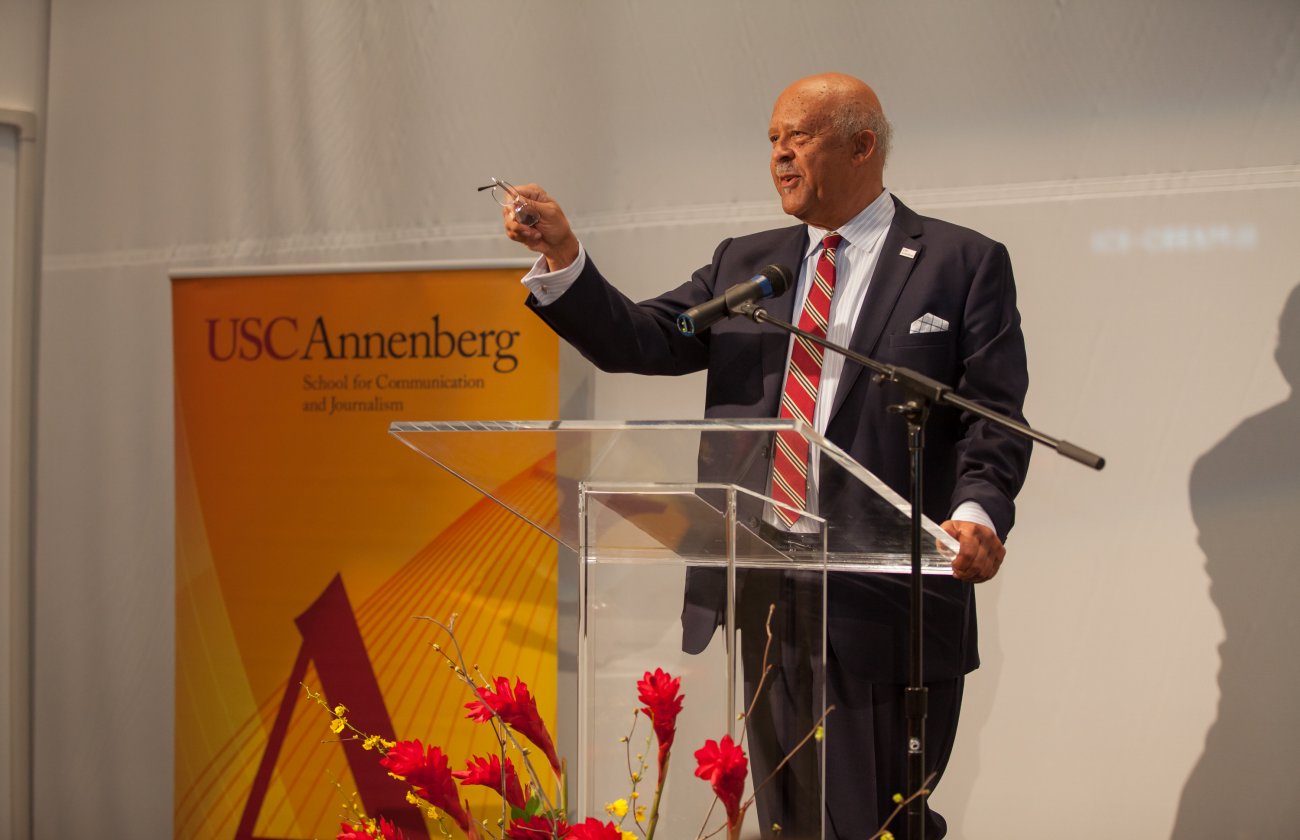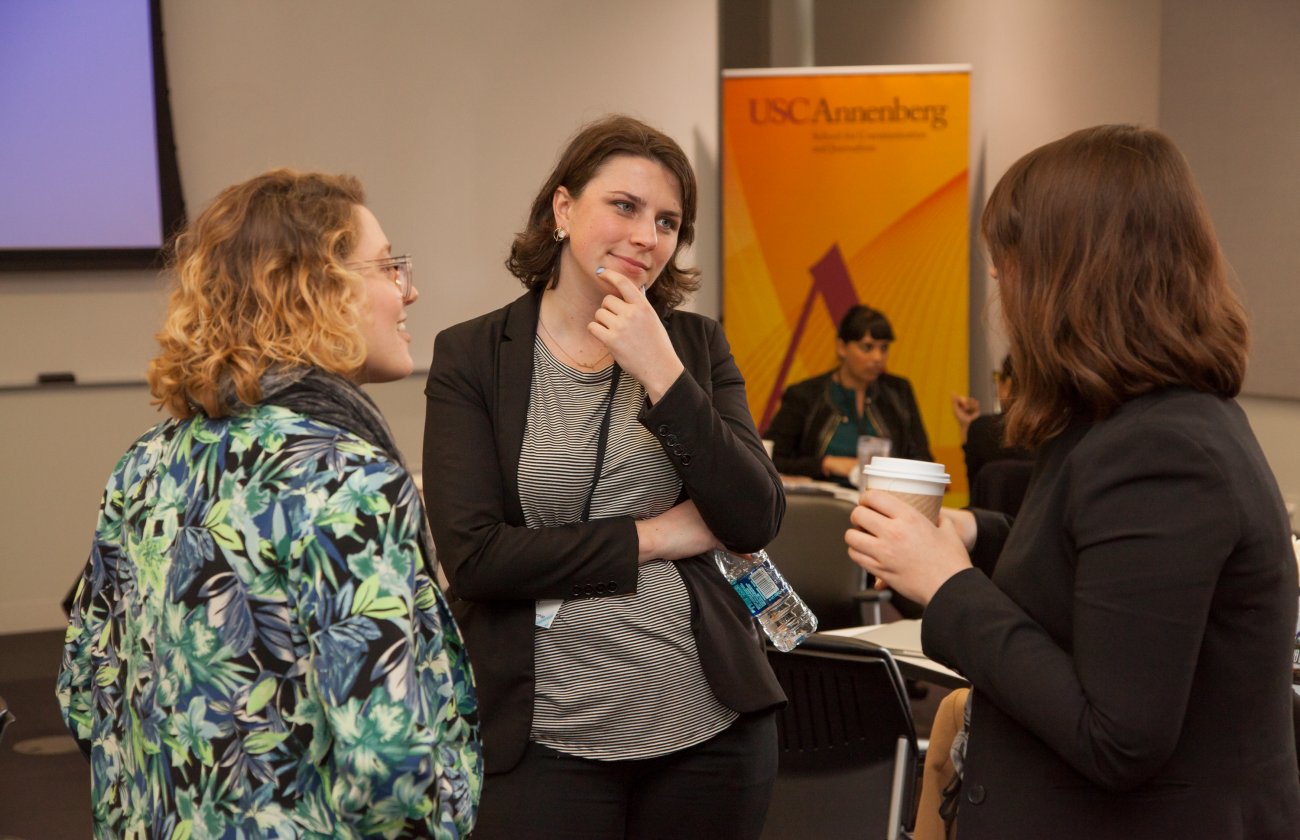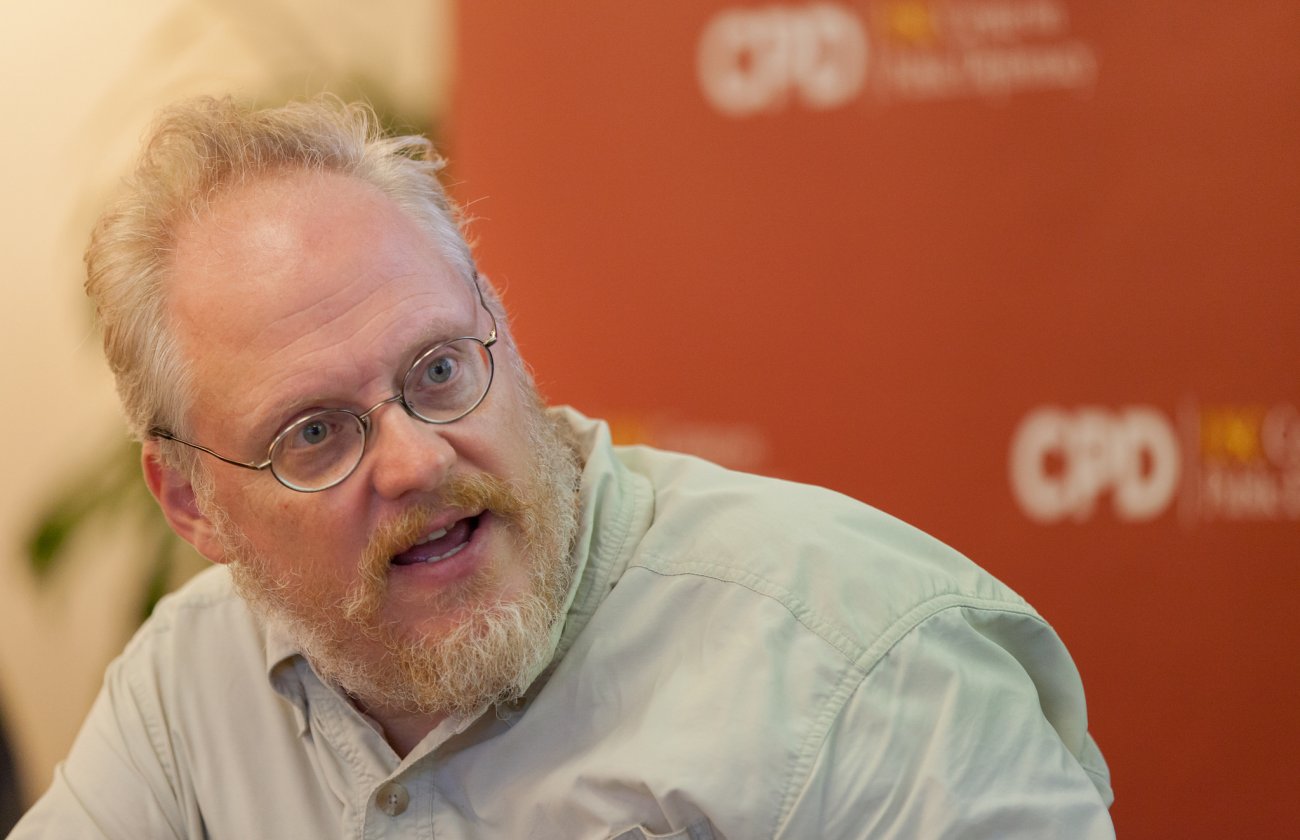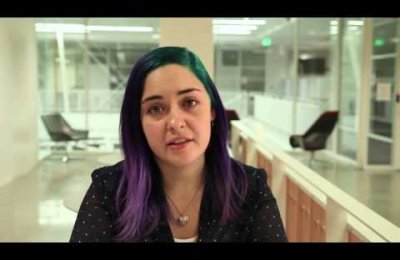By Jessica Zech
Student Writer
The USC Annenberg Innovation Lab project Crisis Connection, a website and smart phone application that connects people during an emergency, received a $600,000 grant from The Ahmanson Foundation.
The Crisis Connection team plans on using the money, which is doled out during two years, to develop a version of the application that is tailored to the USC community.
During a widespread disaster, civilians can report problems, post pictures and videos of damage and indicate resources they have. This information is geo-tagged and pinpointed on a map available on the Crisis Connection website or mobile application. Users can see the information and know what areas to avoid or where to bring their resources to help someone else.

He originally came up with the idea to help journalists cover disasters.
“I had a big problem,” said Kahn, who was the Los Angeles bureau chief for The Wall Street Journal. “I didn’t want us to be waiting around for some sort of press conference when the demands and the need for information are immediate and constant.”
Kahn explained there is need for a platform that allows people to make more efficient connections and share private resources because public resources are under greater and greater strain. He said after Hurricane Katrina people depended more on private resources than public. In rural communities this aspect of Crisis Connection could be particularly useful because there are not as many emergency responders as in big cities. Authorities can also use Crisis Connection to determine what problems are most critical to respond more efficiently.
“In normal circumstances you would call AAA or 911, but this is useful during a widespread disaster, when everyone needs help,” said Kahn.
Crisis Connection, which USC Viterbi engineering students developed, also helps people see if their families, friends or people in their communities are safe. Users have to check-in to report if they are safe or not. The safe users go on a safe list, while the harmed or in danger users answer a series of questions so others can get a better idea of the situation. People can also get notifications when certain users check-in. Kahn admitted that people can use Facebook or Twitter to connect with each other, but said Crisis Connection is specifically built for emergency situations.
The Innovation Lab partnered with the Homeland Security Advisory Council, which is made up of property developers, business people and government officials that work to prepare the public for disasters. The HSAC helps with fundraising and general planning, and Ira Reiner, who is president and CEO of the council, spearheaded applying for the Ahmanson grant.
“To develop Crisis Connection from its current state of development to fruition is very expensive,” explained Reiner, who said people being able to report incidents in real time is what makes Crisis Connection valuable to the public and authorities.
At USC, Kahn said there has to be a compelling reason for people to use the application. He wants Crisis Connection to be at the forefront of peoples’ minds so the first time they are using it is not in an emergency situation. Kahn said the team might “create some ecosystem where people use Crisis Connection to share news rather than social networking.” So if a tree fell on campus or there was a power outage, the USC community would use the program to share that information.
Kahn said he hopes that by early next year many USC students will have the application and the team, which a USC Annenberg master’s student manages, will be tracking its use. He also wants to offer the application to incoming freshmen next August.









